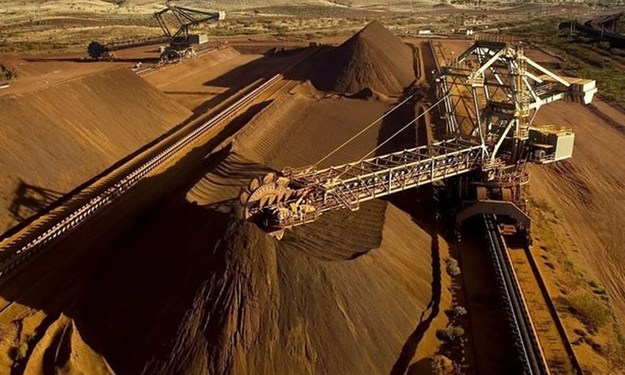 © Reuters. Iranian expatriate Roxanne Ganji holds a sign at a protest in Los Angeles
© Reuters. Iranian expatriate Roxanne Ganji holds a sign at a protest in Los AngelesBy Dan Whitcomb
LOS ANGELES (Reuters) – Many in Los Angeles’ Iranian expatriate community, the largest in the United States, are heartened by anti-government street protests back home but want to make sure international focus stays on what they see as a struggle for democracy.
Hundreds of thousands of people have fled Iran since the 1979 Islamic revolution and are concentrated in a neighborhood on the city’s west side nicknamed “Tehrangeles” dotted with Persian shops and restaurants. The community is welcoming support for the protesters from political leaders of both parties in the United States.
Roozbeh Farahanipour, a leader of the 1999 student movement who was jailed three times before fleeing the country under a death sentence and winning asylum in the United States, said moral support from U.S. leaders was crucial, praising supportive tweets from both President Donald Trump and his rival in the 2016 election, Democrat Hillary Clinton.
In 2009, Farahanipour said, some activists were disappointed when then-President Barack Obama showed support for reformers instead of those seeking regime change.
“It’s exciting that this time there is no reformist movement involved. The people realize that reform is not going to work this time. They want regime change,” he said.
Any pro-regime Iranians with ties to the government who may live in the area have kept a low profile.
Iran’s elite Revolutionary Guards have dispatched forces to several provinces after six days of street demonstrations that began out of frustration over economic hardships suffered by youth and the working class that have left 21 people dead.
Activists in Los Angeles are planning a rally on Sunday at a federal building on the city’s west side to show moral support for the uprising and draw attention to the struggle going on in their homeland.
Roxanne Ganji, a prominent Los Angeles-based pro-democracy activist whose father served as minister of education under the last Shah before his 1979 overthrow, said this generation of protesters seemed to less fearful than their predecessors.
“The youth don’t have any future,” Ganji said. “A lot of (Iranians) come to L.A. after they finished college there and they are happier to be a waiter here. The economic situation is dire.”
The protests erupted in working-class neighborhoods over economic stagnation, high unemployment and allegations of graft within clerical and security hierarchies. They have evolved into a larger clash against the powers and privileges of a remote elite especially Supreme Leader Ayatollah Ali Khamenei.
Sid Mohasseb, an Iranian author and adjunct business professor at the University of Southern California, said U.S. media comparisons to a 2009 revolt over accusations of election fraud failed to consider that the earlier uprising was driven by middle-class Iranians who had stronger ties to the government.
“This is massive, across the country, and it started with a different class of people. This is folks that are hurting in the pocketbook,” Mohasseb said. “I actually think its going to go somewhere precisely because they (in the government) can’t identify the leaders. If you say, ‘Here is the leader,’ they’ll go after that leader and take him out.”
Fusion Media or anyone involved with Fusion Media will not accept any liability for loss or damage as a result of reliance on the information including data, quotes, charts and buy/sell signals contained within this website. Please be fully informed regarding the risks and costs associated with trading the financial markets, it is one of the riskiest investment forms possible.
Source: Investing.com



























